How Gill steered footy out of its biggest crisis
In the frantic days following the season suspension in March, AFL officials were staring nervously at a $1 billion dollar blackhole. Now Gillon McLachlan.
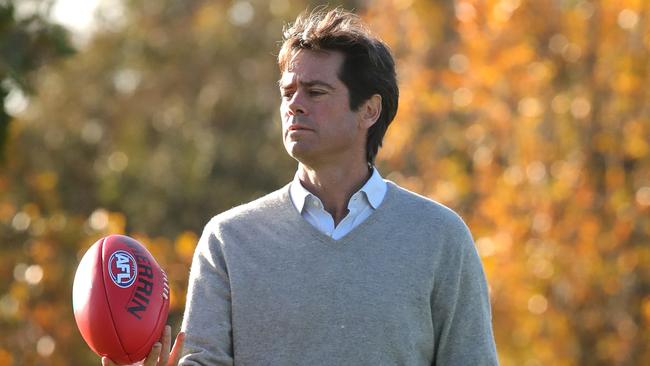
In the frantic days following the season suspension in March, AFL officials were staring nervously at a $1 billion dollar blackhole.
West Coast were yet to host Melbourne to close out the opening round when the AFL Commission made the drastic but necessary decision to shut down the competition indefinitely.
Chief executive Gillon McLachlan was ashen-faced as he outlined the unprecedented crisis facing the competition.
“To say this is the most serious threat to our game in 100 years is an understatement,” McLachlan said.
But just over 80 days after the competition was on the precipice of a cliff, Australian football will return on Thursday night when reigning premiers Richmond face Collingwood.
Never will a rucking contest be as anticipated as when Magpies giant Brodie Grundy charges at Toby Nankervis for the first touch of the Sherrin at the MCG.
McLachlan and club administrators across the country warn the future remains particularly challenging. But they are cautiously optimistic about the future.
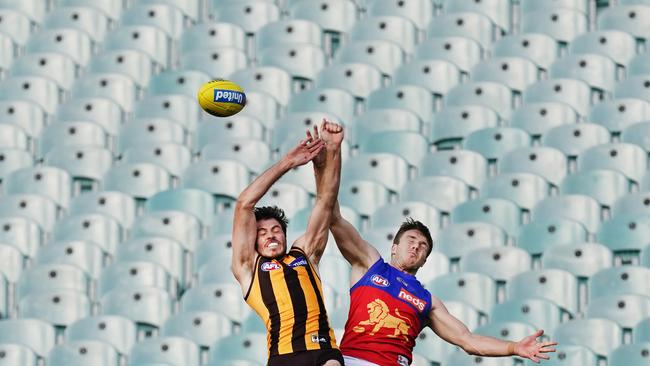
“It is pretty stark when, in our first cut, we had over $1 billion in costs and limited revenue, so when you look at a $1 billion hole, that is pretty stark,” McLachlan told The Weekend Australian.
“We had three phases (to reach this point). The first month was about stabilising the ship, really, and working out how to plug $1 billion worth of holes.
“The second was to get the ship sailing again and that is getting the season back on track and that has been part of that save. And the third piece is … what it all looks like over the next two to three years. It will look different, but it won’t be less. We have then worked through the three phases and we are about to get back on track and I am thrilled for our clubs, our players and our supporters. I am excited.”
The human cost
That is not to dismiss the sense of loss McLachlan and the rest of the game feels.
The human cost, in particular, has been brutally felt across the AFL and state, suburban and country leagues, just as it has in broader society.
Some clubs, such as VFL team Preston, will never play again and leagues will be forced to reshape or merge. Rank-and-file workers in football often provide the heart and soul but they had to be sacrificed to ensure their clubs survived. Little wonder club chief executives were in tears.
More than 80 per cent of AFL and club employees around the country swiftly found themselves stood down and three months on, only a small percentage are back working.
McLachlan said addressing hundreds of employees a fortnight ago to tell them they would remain benched until September was gut-wrenching.
“That was very difficult. The other part of that is that it was not only on Zoom, but there was no vision, so it was … impersonal and that is something you would (rather) be doing face to face,” he said.
Right man for the job
Despite the dire predicament in March, AFL chairman Richard Goyder felt confident McLachlan had the necessary attributes to navigate the monumental challenge ahead.
“I said to Gill early on in this, no one wanted this but you’ve got the opportunity to lead the AFL through what is probably the most challenging time in the game’s history. And he’s well on his way to doing that,” Goyder said.
“I think Gill is an amazing individual. There’s no hidden agenda and what you see is what you get. He is big in stature and has a big personality, but he has a very good moral and human compass.
“By that I mean he has led in making the hard decisions but also realised there will be consequences. And he feels that. We’ve had our moments over the last few months when this has been very challenging.”
If a key to the AFL resumption has been a collaborative approach, in recent weeks an inter-city rivalry has flared as the NRL trumpeted the earlier return of its competition. McLachlan has been aware of the chatter but said “it makes no difference to me”. The strict border regulations adopted by Western Australia and South Australia have proven insurmountable, hence the extraordinary relocation of clubs from those states to the Gold Coast to restart the season.
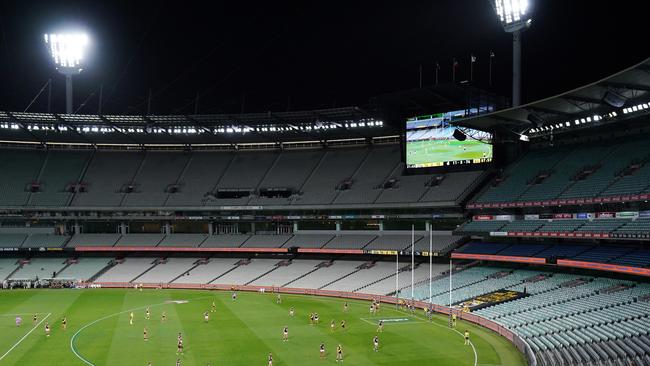
Australian Rugby League chairman Peter V’landys presents as a street-fighting bulldog and has been lauded for his boldness in securing his code’s return a fortnight ago. McLachlan, who hails from a successful South Australian family, is taller, well-spoken and looks sharp in a suit.
He has a law degree from Melbourne University, completed an executive program at Stanford and, according to a variety of people across the league, consumed COVID-19 literature by the bookcase to ensure he was across the full threat posed by the killer virus.
As a star ruckman for the University Blues in the VAFA, a position that requires guts to master, McLachlan was used to winning the knock and getting the ball to his teammates. That collaborative approach has continued as he has worked through the ranks at the AFL. While he has led the league’s charge back to resumption, the return is not just about the power of one man. Instead, the power of many has prevailed, he said.
McLachlan has worked hand-in-glove with Goyder. Last Wednesday was the first day since the crisis began that they had not held a discussion.
The crisis cabinet
Western Bulldogs president Peter Gordon and his Hawthorn counterpart Jeff Kennett, along with Collingwood’s Eddie McGuire and Swan Andrew Pridham, debated but found agreement as members of the league’s coronavirus crisis cabinet.
Other working groups formed featuring administrators from all clubs to counter various challenges as those left working did so to near exhaustion. As Richmond President Peggy O’Neal said; “All those decisions that usually take months, they have taken days.”
The fiercest of rivals have swapped advice to boost others according to West Coast chief executive Trevor Nisbett.
“I think it has probably been as close as the clubs have been with regards to getting the season underway in March and a return to play, and we have had to be collaborative,” Nisbett said.
“Once the footy starts, it will be fiercely competitive on the field, but off it all clubs have a mountain of empathy for what others are going through.”
The AFL was the strongest code in the land before the coronavirus crisis and retained a ferocious appetite for growth.
It will now be forced into a period of restraint and cost-cutting but the AFL remains ambitious.
“The challenging part has been the people cost (but) I think our ambitions for our game, and to be a game for all Australians, that hasn’t changed,” McLachlan said.
“We will look different but we will still be able to grow and deliver on that ambition to be in every community. That still exists and we will work through this and, in my view, we will be just as strong and just as ambitious.”
Daunting challenges
O’Neal cannot wait to get back to the MCG and “smell the freshly cut grass”. A fan approached her as she was walking past the MCG this week to state the same.
But she fears 2021 might be even harder than this year if a second COVID-19 wave flares, a vaccine is not found and crowds remain locked out. That would prove a significant blow given the current financial predicament the league is working through.
A broadcast deal with Seven West Media and Foxtel is likely to be extended past the current 2022 end date for two years, but at a rate commensurate with the new reality that the era of big TV rights extensions is over.
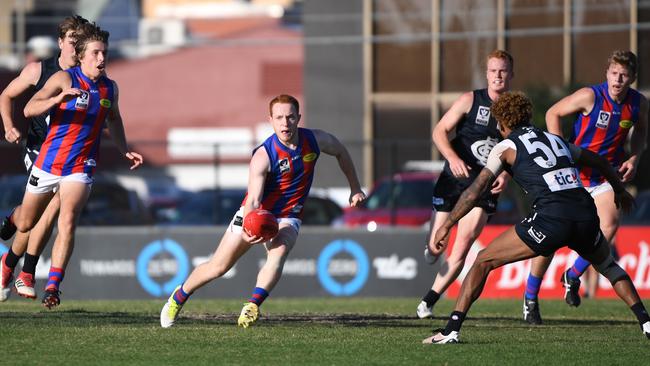
The AFL itself is bracing for a revenue cut between 20-30 per cent this year. This would equate to an income drop of $160m to $240m and there is a belief that a return to the 2019 income of $794m will not be achieved again until 2023 at the earliest.
The 18 clubs are likely to report $300m less revenue combined than in 2019. It is highly unlikely any club will break even and costs will be cut accordingly.
The league and its clubs will have to borrow more to get through the next few years, with the AFL having moved quickly in March to secure a $600m line of credit from its bankers NAB and ANZ in late March.
Plans for the future
Goyder says he remembers at the start of the season that most discussions he had with McLachlan centred around strengthening the AFL’s already relatively impressive balance sheet and getting moving on the $225m revamp of Melbourne’s Marvel Stadium, which the AFL owns. Now, he is thankful the balance sheet was strong enough to enable the league to shore itself up for the calamitous storm caused by coronavirus.
“We had a fair bit of cash, and we went into this with a strong balance sheet, and we’ve had that capacity to borrow against a great asset,” he said.
“Yeah, we are not going to look at some of the things we might have looked at a few months ago, but we also have that ability where we can look forward and can make decisions to strengthen the game in the years ahead.”
With the prospect of a 17-game season and finals, the AFL and its clubs are now unlikely to have to borrow anywhere near the entire $600m, and even having to take on half that figure would be considered a less than ideal result.
At one stage there were even doubts about the Docklands revamp, which includes the surrounding precinct. Goyder now says the project likely fits government ideals for infrastructure projects which stimulate the economy.”
The AFL chairman is adamant that all 18 clubs will survive, but issues remain for an industry which will have to get used to more debt.
“We are going to have that as a nation I think, it is happening globally,” he said.
Optimism remains
Even strong clubs such as Collingwood will have lost 45 per cent of their revenue given there is limited income from match days.
Magpies chief executive Mark Anderson is confident Collingwood will bounce back strongly beyond 2022. He notes the Magpies have maintained 97 per cent of their base through the most difficult circumstances.
“We will lose a significant amount of money this year but we do think we have the capacity to rebound out of it,” he said.
There is also optimism in previously troubled places. St Kilda president Andrew Bassat was looking forward to a rejuvenated club this year, heading towards 50,000 members and an improved playing list. But St Kilda also went into the season with about $12m debt and reports emerged that they may end 2020 owing $20m. Bassat says that figure is alarmist.
“We won’t talk numbers but it won’t be anything like that. We were looking good going into the season at getting that down but we will probably end roughly where we started,” he said.
“We’re optimistic. We’ve attracted players, got more sponsors and members. Now it is about performing on the field.”

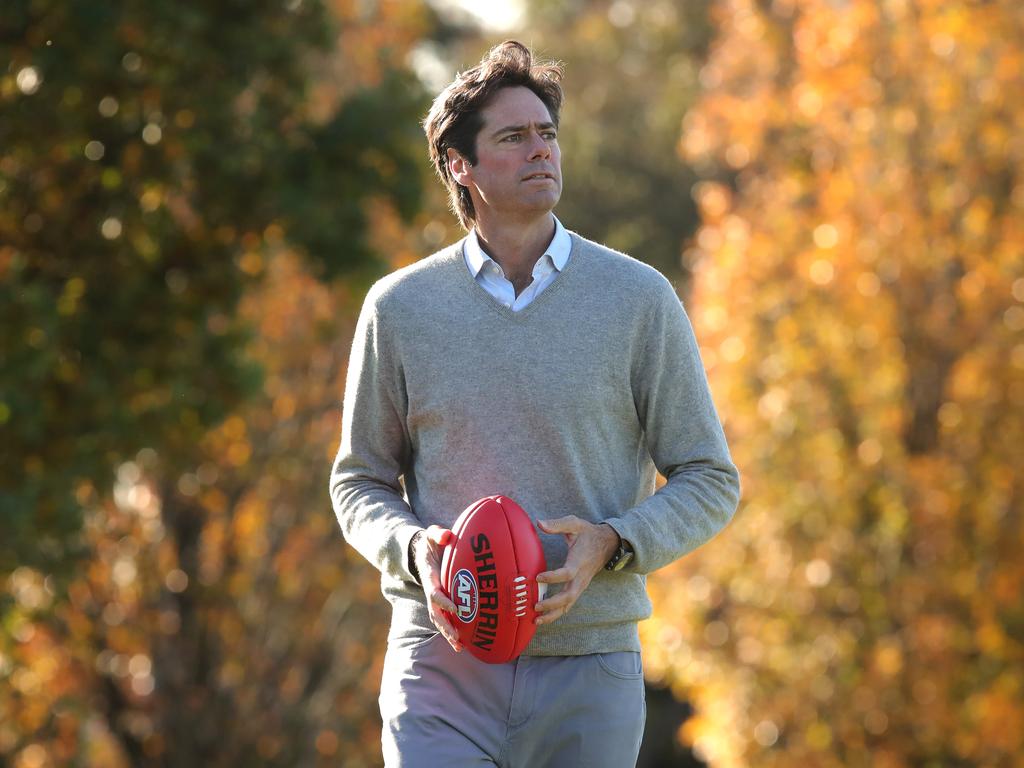
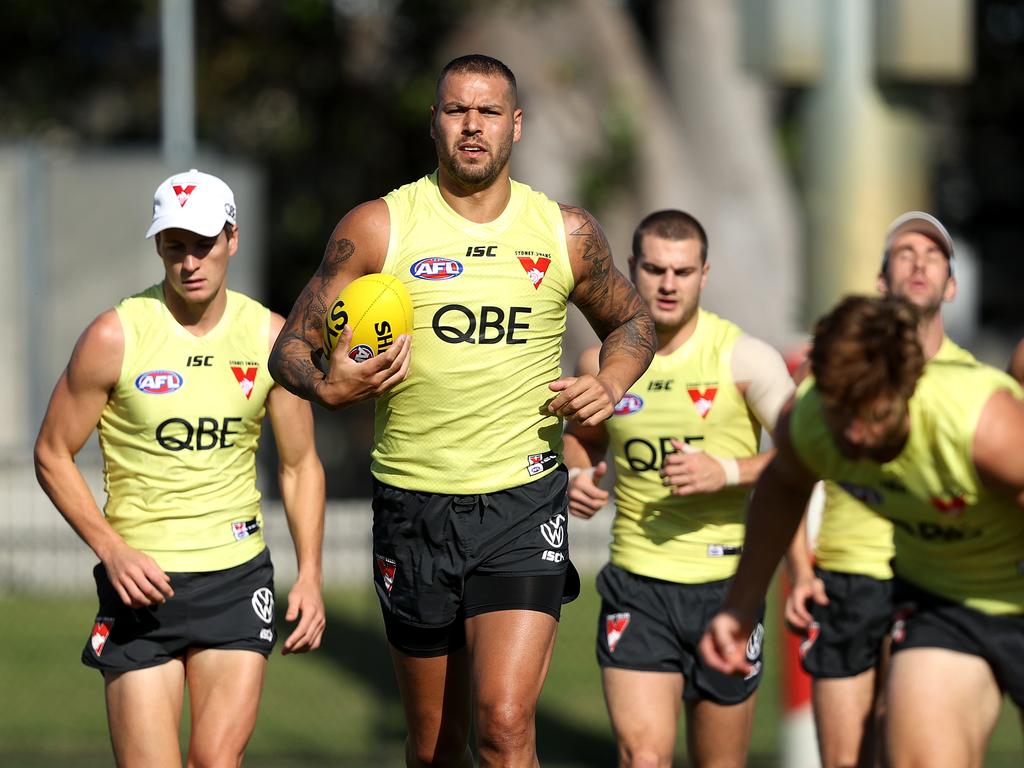
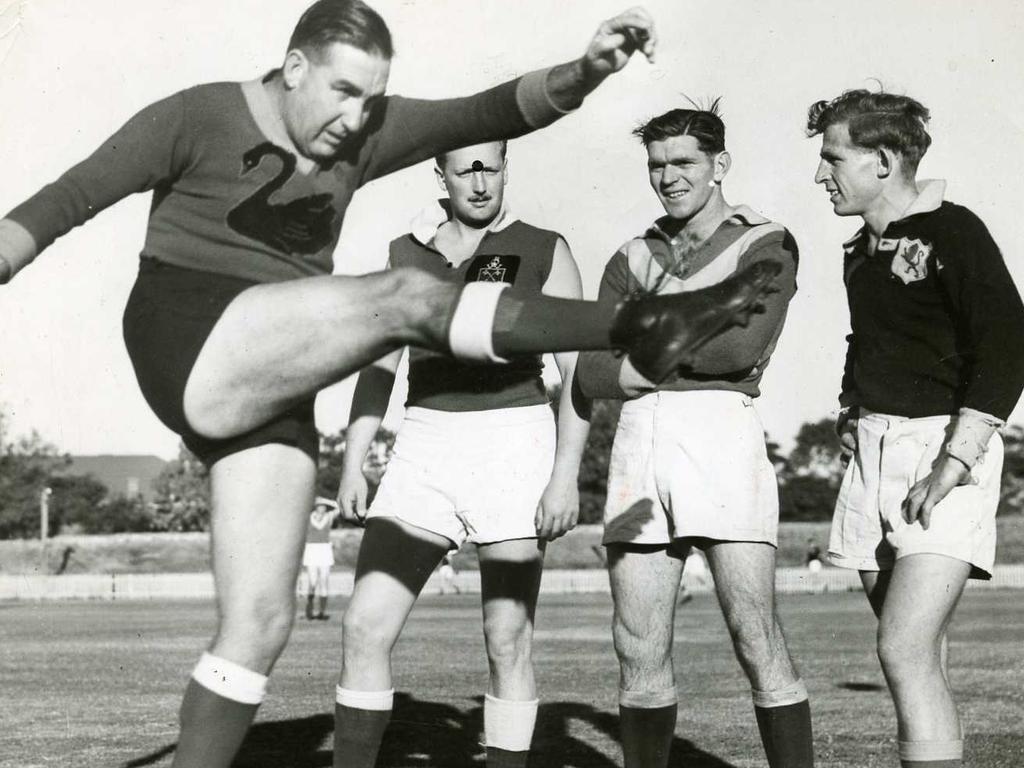

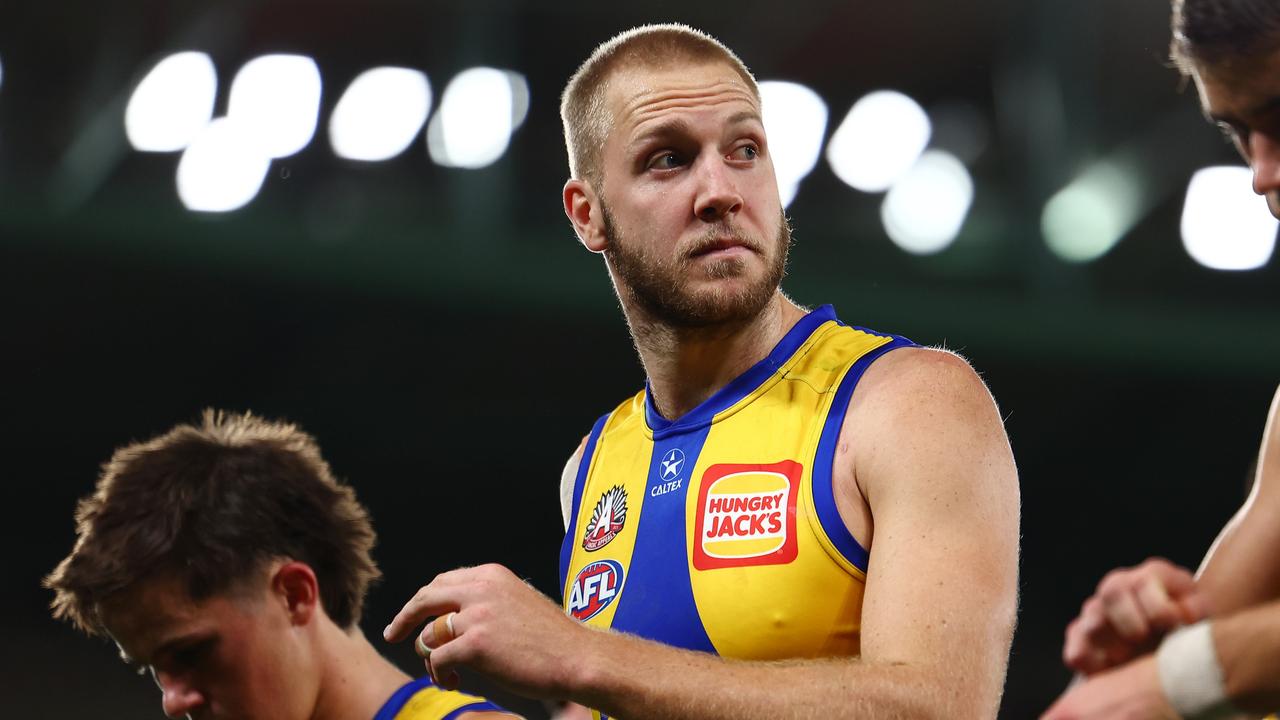

To join the conversation, please log in. Don't have an account? Register
Join the conversation, you are commenting as Logout